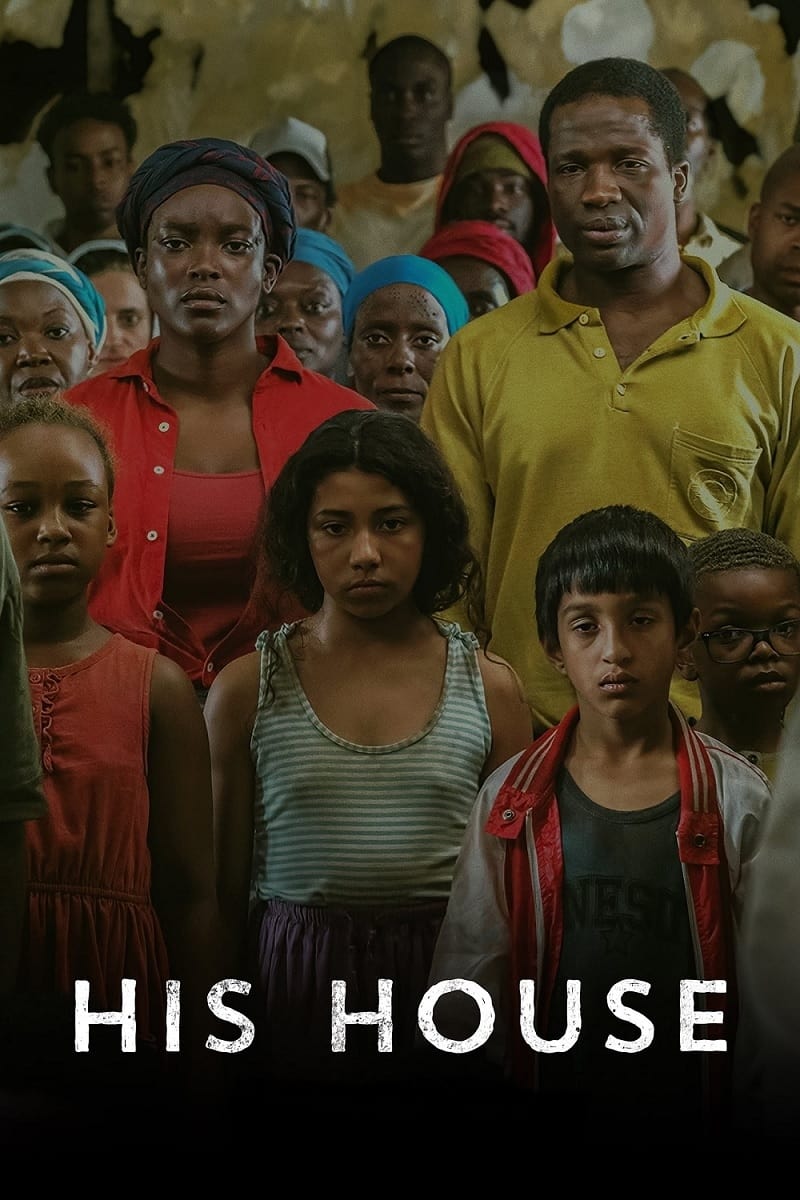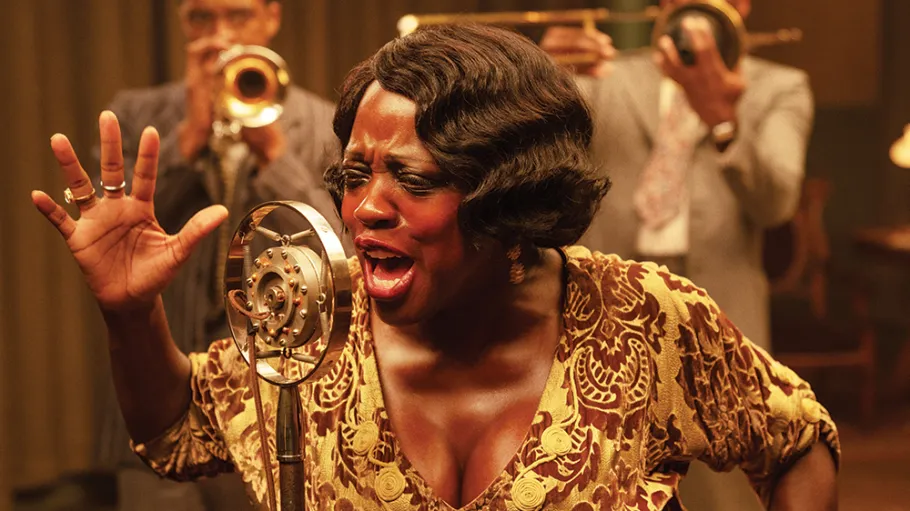His House And Ma Rainey’s Black Bottom Movies Stories

His House is a horror film released in 2020, directed by Remi Weekes. The movie follows the story of a South Sudanese refugee couple, Bol and Rial, who flee war-torn South Sudan and seek asylum in England. As they struggle to adapt to their new life in a dilapidated council house, they also grapple with the trauma of their past and the guilt associated with leaving their daughter behind during their escape.
As they settle into their new home, strange and terrifying occurrences begin to unfold. The couple is haunted by a malevolent entity, which seems to be linked to their experiences back in Sudan. The entity preys on their guilt and manifests itself in various forms, tormenting them and threatening to consume them.
Throughout the film, Bol and Rial must confront not only the supernatural threat within their home but also the harsh realities of being refugees in a foreign land. Their struggles with cultural assimilation, racism, and the trauma of their past form a backdrop to the horror unfolding around them.
As the story progresses, it becomes apparent that the entity haunting them is not merely a malevolent force but a manifestation of their own unresolved trauma and guilt. In order to survive, they must come to terms with their past and find a way to confront and overcome the demons that haunt them, both literal and metaphorical.
“His House” is praised for its atmospheric tension, strong performances, and its exploration of themes such as immigration, trauma, and guilt within the framework of a horror film. It offers a unique and thought-provoking take on the genre, blending supernatural horror with social commentary in a compelling and effective manner.

Ma Rainey’s Black Bottom is a 2020 film adaptation of August Wilson’s play of the same name, directed by George C. Wolfe. Set in Chicago in 1927, the film revolves around a recording session for the legendary blues singer Ma Rainey and her band, and explores themes of race, power, and exploitation in the music industry.
The story primarily focuses on the tensions and conflicts that arise among the band members as they await Ma Rainey’s arrival at the recording studio. The central conflict revolves around Ma Rainey’s trumpet player, Levee, played by Chadwick Boseman in his final film role, and his ambitions to break away from Ma Rainey’s control and establish himself as a successful musician in his own right.
Levee’s aspirations clash with the older members of the band, who are more resigned to their roles as backup musicians and skeptical of Levee’s ambitions. As the recording session progresses, Levee’s frustrations and resentments come to a head, leading to a tragic confrontation that has far-reaching consequences for everyone involved.
The film also delves into the racial dynamics of the time, highlighting the exploitation of black artists by white producers and the ways in which systemic racism affects the lives and careers of African American musicians. Ma Rainey herself is depicted as a powerful and assertive figure who refuses to be controlled or exploited by the white recording industry, asserting her autonomy and demanding respect from those around her.
“Ma Rainey’s Black Bottom” is praised for its powerful performances, particularly from Viola Davis as Ma Rainey and Chadwick Boseman as Levee, as well as its richly drawn characters and incisive exploration of race and power dynamics in America. It serves as both a tribute to the legacy of Ma Rainey and a searing indictment of the injustices faced by black artists in the early 20th century.









